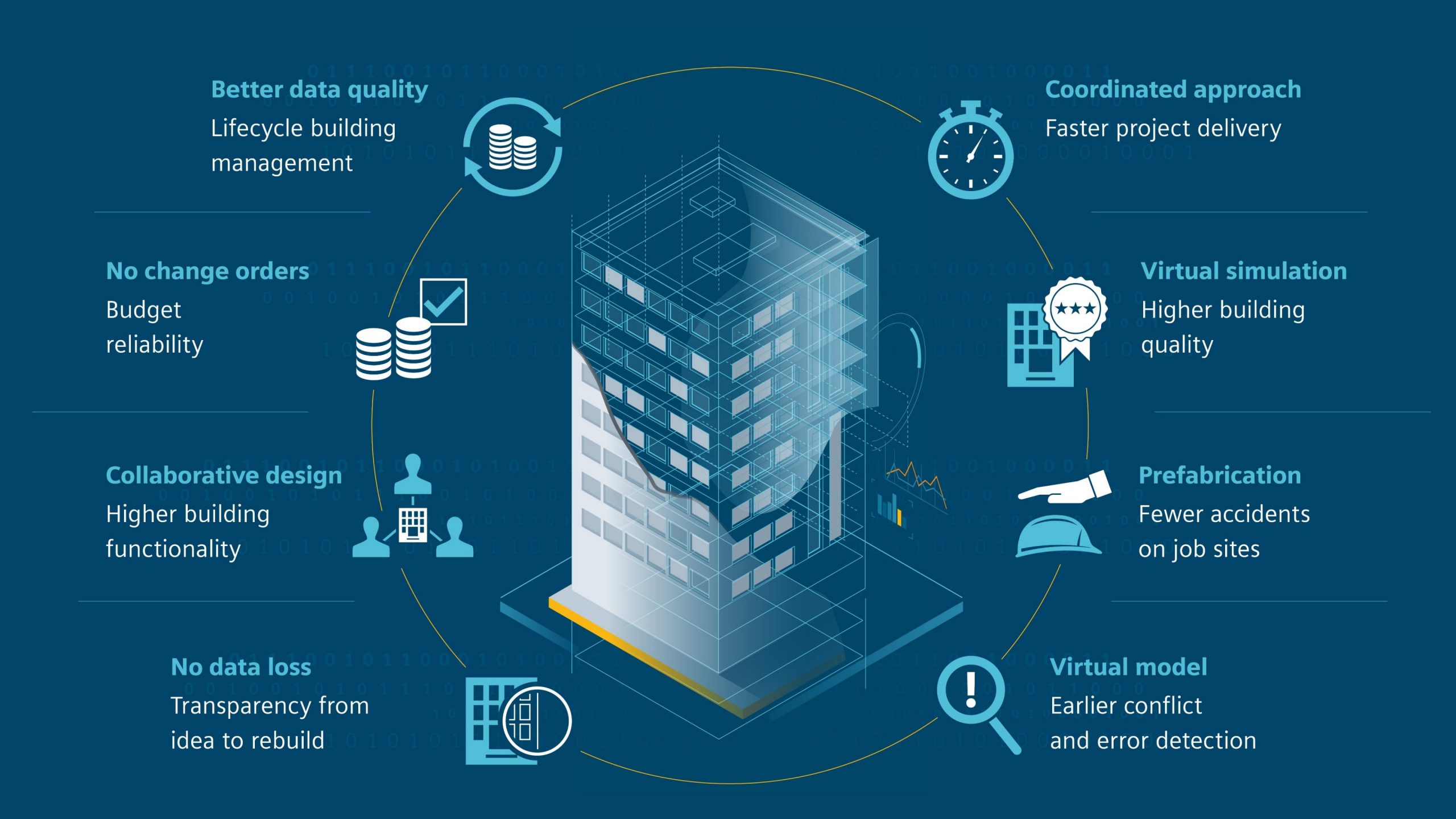The Future Of Building Information Modeling (BIM) For Infrastructure Asset Management
Have you ever heard of Building Information Modeling? Don't worry, most people haven't. But I'm about to blow your mind with some seriously nerdy information. So get ready to impress your friends with some fancy jargon!

What the Heck is Building Information Modeling?
Building Information Modeling, or BIM for short, is basically a 3D representation of a building. But it's so much more than just a pretty picture. BIM includes information about every detail of a building, from the materials used to the dimensions of each room. It's like having a virtual version of a building that you can explore and manipulate without ever having to set foot inside.
Why is BIM Useful?
BIM is incredibly useful for architects, engineers, and construction workers. It allows them to see exactly what a building will look like before it's even built. This means they can catch problems early on and make changes before it's too late. BIM also makes it easier to collaborate on building projects, since everyone can see exactly what's going on in the virtual model.
How is BIM Different from 2D Drawings?
BIM is a huge step up from traditional 2D drawings. In the old days, architects and engineers would create drawings that showed different views of a building, like a floor plan or an elevation. But these drawings didn't provide a complete picture of the building. BIM, on the other hand, includes all the information about a building in a single 3D model. This makes it much easier to understand how everything fits together.
Is BIM Only Used for New Buildings?
Nope! BIM can also be used to model existing buildings. This is useful when a building needs to be renovated or remodeled. BIM allows architects and engineers to see exactly what they're working with and make changes accordingly. It's basically like taking an x-ray of a building!
Is BIM Expensive?
Yes and no. Setting up a BIM system can be expensive, since it requires specialized software and training for employees. But in the long run, it can save money by catching problems early on and making construction more efficient. Plus, BIM can improve the quality of a building, which can increase its value.
Is BIM the Future of Construction?
It certainly seems that way! BIM is becoming more and more popular as people realize how useful it is. In fact, some countries are already requiring the use of BIM for certain projects. And as technology continues to improve, we can expect to see even more advanced versions of BIM in the future.
Can I Try BIM for Myself?
Sure, why not? There are plenty of free BIM software options out there that you can try. Just be prepared for a steep learning curve and some serious nerdiness!
So there you have it, folks. Building Information Modeling may not be the most exciting topic, but it's definitely worth knowing about if you're interested in construction or engineering. And who knows? Maybe you'll be the one to revolutionize the world of BIM!


Post a Comment for "The Future Of Building Information Modeling (BIM) For Infrastructure Asset Management"